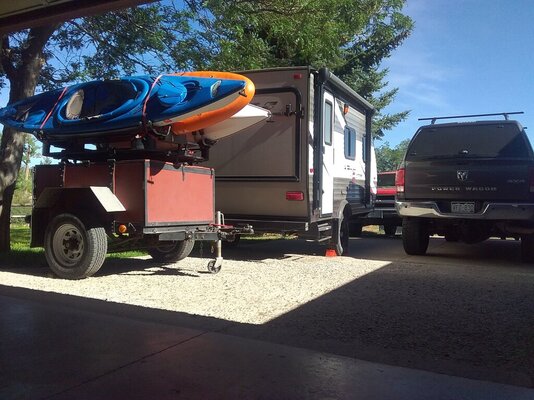Flattest Route
View the steepness of roads to your destination, and check the elevation or altitude of stops along the way.
Yeah i saw that as well when i mapped NC to San Francisco. But it's something and I havent found anything else ... yetIt has possibilities, but, routing leaves a lot to be desired. For instance, I entered begin at Indianpolis IN to West Yellowstone MT.
It routed directly through downtown Chicago, and overnight at the Marshall truck yard near downtown just to eat at a specific restaurant. That is very inconvenient and time consuming.
On Trip Wizard? It's a tab at the bottom of the map of your route.Where is the elevation option? I only have the free version for now. I looked on both the app and web site

It shows elevations encountered and grades. I put in Mesa, Colorado where I live to Cedaredge, Colorado. Both towns are roughly at the same elevations. Highway 65 goes up from Mesa located at approximately 5,638 feet, over the 10,838 foot summit, and then back down the 5,000 feet to Cedaredge in 39 miles. There's a 10,000 feet elevation gain plus loss. Grades are up to 10%. I think that it got both the maximum grade and minimum grades way off, especially the 70% grade. Minimum grade is zero over the top.That was fun. I put in Westminster, Ca where I live to Portsmouth IA (western Iowa 40 miles from Omaha). It routed me directly over the San Gabriel Mountains then over the Southern Sierras, then directly over the heart of the Rockies through Denver, then down through Nebraska. The intent is to bypass higher elevations, correct?
In the 60's my dad and I had a 16' Aristocrat Land Commander towed by a then new '64 Ford F100.Going down from the summit is always my concern more than going up. Especially after learning a lesson about hauling a trailer east over Sonora Pass (California) with its 26% grade.

